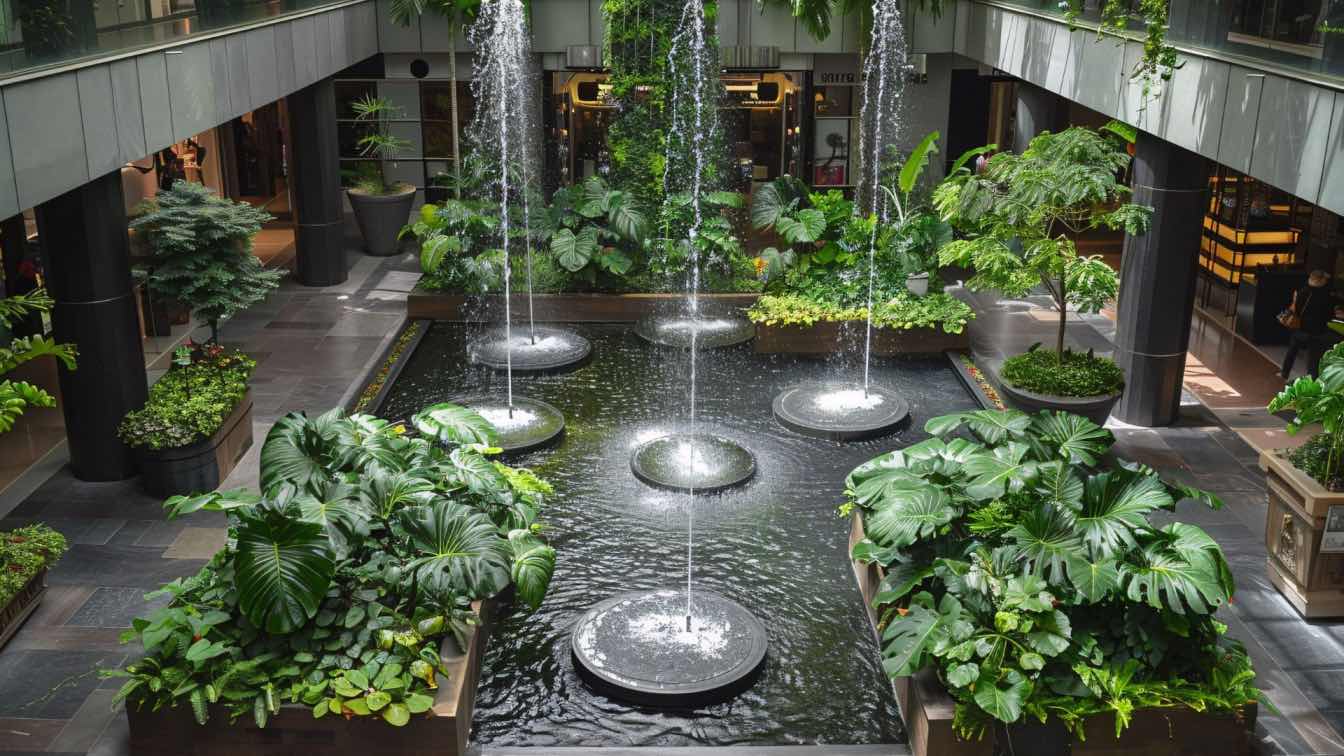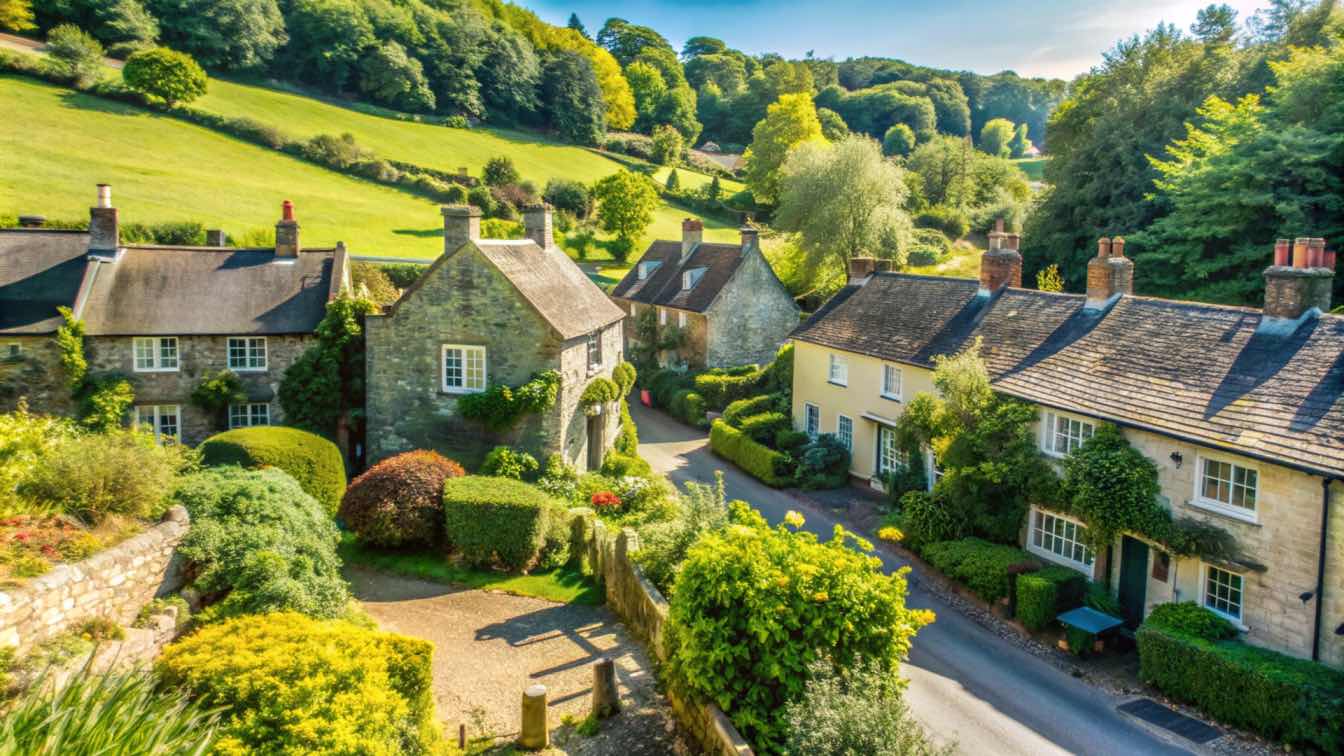The field of hospitality (HoReCa) is transforming, trying to meet modern human needs and even exceed their expectations. Changes concern both the organization of space, the search for new forms, images, materials in design and architecture, as well as the use of technology and innovation. Also, much attention is paid to the formation of the atmosphere and emotional perception of the environment.
One of the key issues facing designers in the last 3-4 years is creating spaces that are both attractive and safe for guests. Undoubtedly, the situation that emerged in the covid-19 pandemic will remind of itself for a long time to come, being reflected in the decisions of architects and designers. On the other hand, the world is not standing still and is moving into a future that is becoming more "digital" every year. Smart solutions and automation systems help businesses solve important tasks: to improve the quality of service, speed up work processes, efficiently distribute resources (human and energy), ensure safety, and create flexible and maximally comfortable conditions for people.
When it comes to lighting, the hospitality industry is moving away from the principle of form over substance. Of course, original decorative lighting will always remain a special, admirable design element, but quality lighting in hospitality is primarily about what is not seen. Light determines the perception of space and objects, helps to form a memorable image of a place to which you want to return again and again. It is important to maintain the integrity of the proposed solutions, which take into account design, health, technology and energy efficiency.
In the field of hospitality (HoReCa), the following global trends are currently observed, which, in our opinion, will be relevant in the next 5-10 years:
1. Multifunctional lighting and control systems.
 image © Canopy by Hilton Interior, Designers: CCD
image © Canopy by Hilton Interior, Designers: CCD
Modern public interiors in HoReCa are often multifunctional spaces that can be used for different events and tasks. While furniture and individual objects can be easily moved or replaced, lighting cannot be changed if the possibility of transformation has not been provided for in advance. For example, lobbies or open-plan spaces may contain seating areas, work areas, and play areas that flow into one another. They require different lighting conditions and cannot do without a well-thought-out functional lighting system with control and lighting scenarios.
In the case of hotel rooms, the room environment is set up using local control systems. Both switches and control panels are used to control lighting (on/off/dimming), climate control, air quality, curtains and blinds, and sound. A person can spend time in the room in different ways: in the evening he can relax, work, spend time with friends or colleagues for pleasant conversations or solve important business issues. That is why it is so important to provide a multifunctional lighting solution to suit all possible situations.
2. Expansion of functionality and meaning.
 image © Intercity Bar, Design: Vermilion Zhou Design Group
image © Intercity Bar, Design: Vermilion Zhou Design Group
Recently, hotels are acquiring a new meaning. They become not only a place of stay for tourists and city guests, but are filled with additional functions, also attracting city residents. Restaurants are designed in hotels, exposition and exhibition spaces are created, which local residents are eager to get to. Thus, hotels can become a new point of attraction to a fashionable club or restaurant, as well as tell about the history of the area, about famous prominent people of the country or city or other interesting facts. Designers and architects together with lighting designers actively use lighting and modern technologies to create original spaces: dynamic light, rgb lights, multimedia technologies and VR/AR are actively used. The interaction between architects and lighting designers at the project development stage helps to create unique spaces and impressive images that immerse you in a new reality.
3. Healthy spaces.
 image © Artour Hotel, Architect: Behive
image © Artour Hotel, Architect: Behive
The topic of circadian rhythms has been raised for several years now and is becoming increasingly relevant. As has already become known, light has a direct impact on a person’s mood, perception, and well-being. The benefits, or rather the human need for natural light, have been proven. Therefore, more and more objects are being created where the authors try to make maximum use of daylight sunlight, and also combine it with artificial light. Adjustment and switching of artificial light modes that complement natural light can be carried out automatically, for example, thanks to sensors or pre-programmed scenarios, or manually. Hotels operate 24/7 at any time of the year, and the possibility of flexible automated control helps to facilitate the work of employees, reduce energy costs, and also create the necessary lighting conditions for guests.
4. Personalization.
 image © Paris Court, Interior Designers: KROKI
image © Paris Court, Interior Designers: KROKI
Today's digital capabilities have accustomed man to accomplish various tasks using mobile gadgets. Thanks to the smartphone, a person can customize the right environment for himself. Technology now allows hotel guests to not only check in through apps and access their room, but also assign profiles linked to their devices. The visitor can adjust the lighting to his liking even before he enters the room, and, of course, save his favorite lighting scenarios.
Chain hotels, which use the same systems and approach in organizing the unity space, help the guest to easily and quickly get used to any country in the world and create for themselves an individual, comfortable and understandable environment.
5. Sustainability and care for nature.
 image © Vesper Tverskaya, Architect: СПИЧ / Lighting design: QPRO
image © Vesper Tverskaya, Architect: СПИЧ / Lighting design: QPRO
The issue of energy saving, and sustainability is a priority, especially when it comes to the thoughtful choice of lighting. It is important to strike a balance between functional objectives and creativity. Due to the current problem of light pollution, one should always think about both light and darkness. Each proposed lighting solution for facades and landscape lighting should answer the questions: why lighting is used here, what it can affect, what is the best solution in each case. Artificial lighting should only be used where and when it is needed.
Such tasks are solved with the help of lighting scenarios, sensors/sensors, and control systems. Each considered and well-thought-out lighting solution will not only help to reduce costs and energy consumption, but also minimize the impact on the environment and humans.





